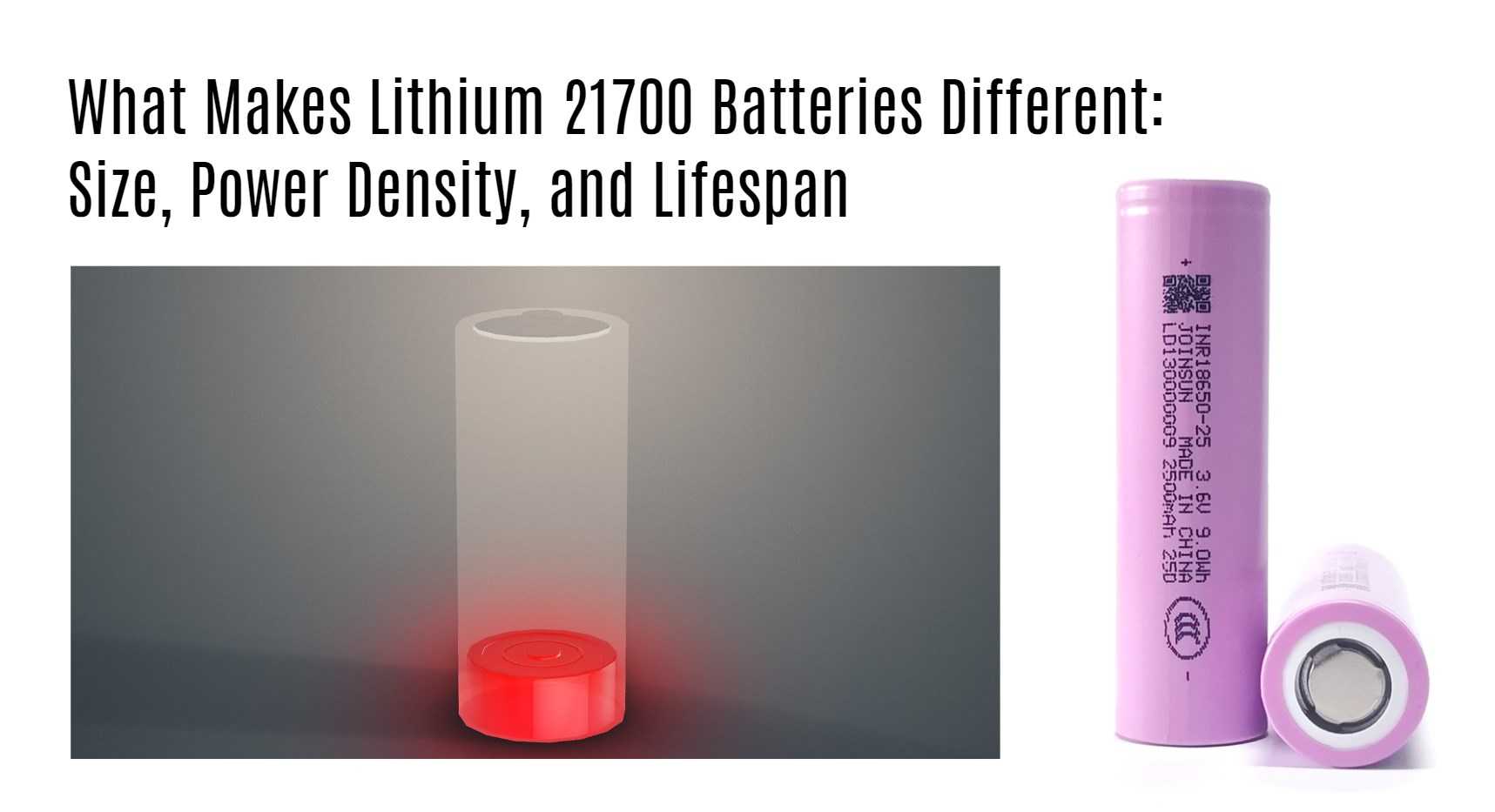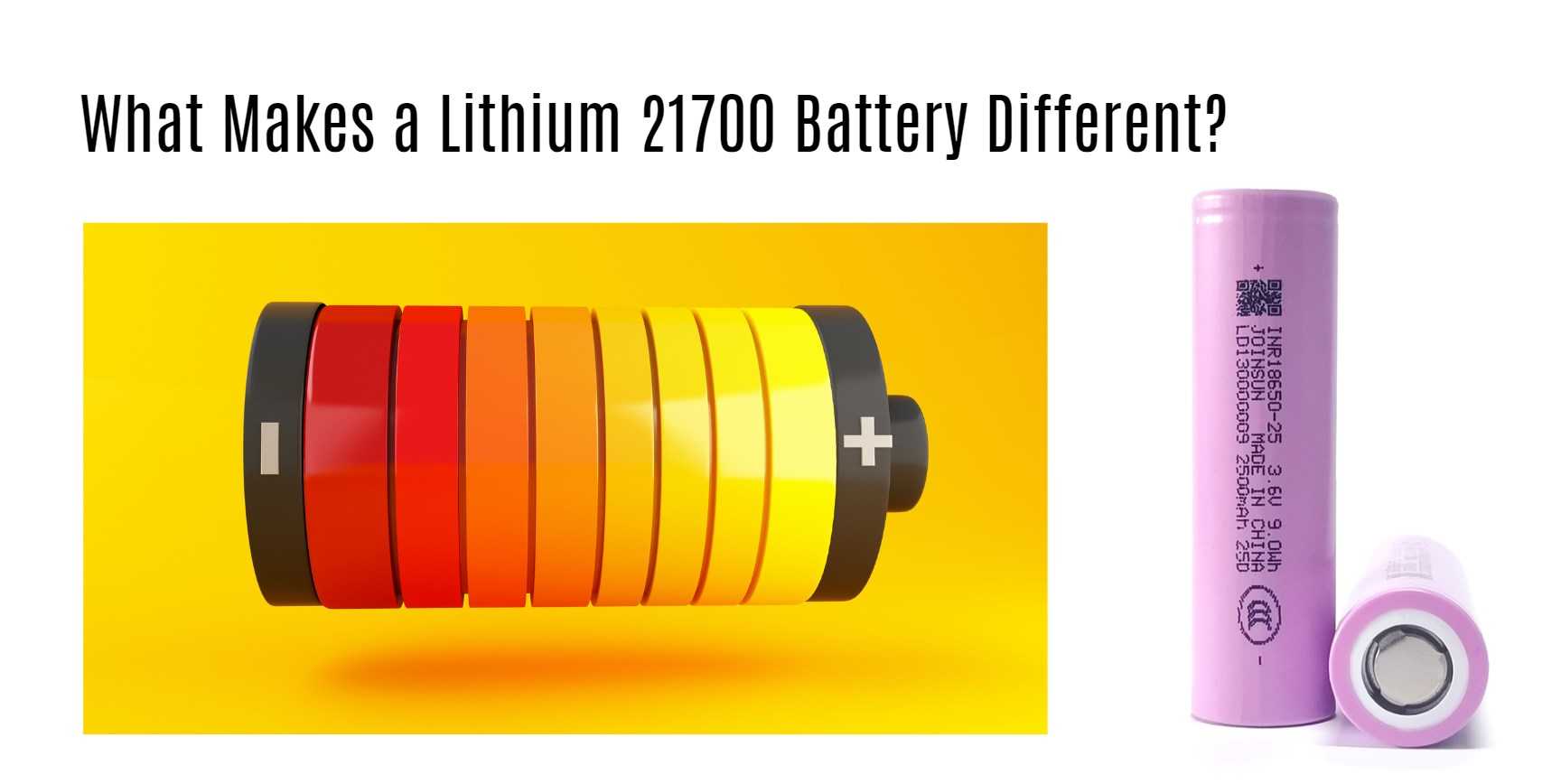Lithium 21700 batteries have emerged as a game-changer in the world of portable power solutions, revolutionizing industries from consumer electronics to electric vehicles. Their impressive energy density, extended lifespan, and rapid charging capabilities have made them a preferred choice among scientists and consumers alike. In this comprehensive guide, we delve into the intricacies of lithium 21700 batteries, exploring their unique attributes and the materials that make them stand out.
The Lithium-ion Battery Landscape
Varieties of Lithium-ion Cells
Lithium-ion batteries are ubiquitous in modern technology, known for their high energy density and long lifespan. However, the lithium-ion family is not a one-size-fits-all solution. Three primary types dominate the market:
- Lithium Cobalt Oxide (LiCoO2): This cell type boasts a high energy density and excellent voltage stability, making it a popular choice for smartphones and laptops. However, it falls short in thermal stability.
- Lithium Iron Phosphate (LiFePO4): Offering lower energy density but superior thermal stability and longer cycle life, LiFePO4 cells are a staple in electric vehicles due to their safety profile.
- Nickel Manganese Cobalt Oxide (NMC): Striking a balance between energy density, power capability, and safety, NMC cells are prevalent in hybrid-electric vehicles.
Performance and Application Considerations
Each cell type caters to specific application needs, whether it’s the energy density for portable devices or the safety features required for electric vehicles.
Wholesale lithium golf cart batteries with 10-year life? Check here.
The Pros and Cons of Lithium 21700 Batteries
Benefits of Lithium 21700 Batteries
Lithium 21700 batteries have garnered attention for several compelling reasons:
- Higher Energy Density: They can store more power, enabling devices to operate longer between charges.
- Increased Capacity: Their larger size allows for more charge storage, ideal for high-demand applications.
- Improved Thermal Stability: Enhanced heat dissipation capabilities reduce the risk of overheating, making them safer for electronic devices.
Drawbacks of Lithium 21700 Batteries
Despite their advantages, lithium 21700 batteries are not without their challenges:
Want OEM lithium forklift batteries at wholesale prices? Check here.
- Higher Cost: The manufacturing process and materials used contribute to a higher price point compared to older battery cell types.
- Increased Weight: The larger size also means a heavier battery, which may not be desirable for portable devices where weight is a critical factor.
What Sets Lithium 21700 Batteries Apart
Larger Size and Energy Capacity
The “21700” in lithium 21700 batteries refers to their dimensions—21mm in diameter and 70mm in length. This increased size translates to a higher energy capacity, allowing these batteries to store up to three times more energy than traditional AA or AAA batteries.
Enhanced Power Density
The chemistry and design of lithium 21700 cells enable them to deliver high current levels, making them ideal for applications requiring bursts of power, such as electric vehicles and high-performance electronics.
Extended Lifespan
Lithium 21700 batteries boast a longer lifespan, withstanding hundreds or even thousands of charge-discharge cycles before significant degradation.
Materials and Chemistry of Lithium 21700 Batteries
Key Components
- Anode: Typically made from graphite, the anode provides excellent conductivity and stability, facilitating efficient charging and discharging cycles.
- Cathode: Composed of materials like nickel-cobalt-aluminum (NCA), nickel-manganese-cobalt (NMC), or lithium iron phosphate (LiFePO4), the cathode determines the energy density and power output.
- Electrolyte: Acting as a medium for ion transport, most lithium 21700 batteries use liquid electrolytes containing lithium salts dissolved in organic solvents, with solid-state electrolytes being explored for their safety and stability benefits.
- Separators: Thin polymer membranes prevent short circuits while allowing ion flow, requiring mechanical strength, chemical resistance, and high porosity.
- Current Collectors: Made from conductive materials like copper or aluminum, they facilitate electron flow during charging or discharging.
Chemical Reactions
At the core of every lithium 21700 battery is a complex chemical reaction. The cathode, often made from lithium cobalt oxide or lithium iron phosphate, provides lithium ions, while the anode, typically graphite, stores and releases these ions during charge and discharge cycles. This ion exchange creates an electrical current that powers devices.
How Lithium 21700 Batteries Operate
Core Components
A lithium 21700 battery consists of a cathode, an anode, and an electrolyte. The cathode is usually made from lithium cobalt oxide or lithium iron phosphate, and the anode is commonly composed of graphite.
Ion Flow and Electrical Current
During charging, ions flow from the cathode to the anode through the electrolyte, releasing electrons and creating an electrical current. Discharging reverses this process, with ions moving back to the cathode.
Applications and Industry Impact
Electric Vehicles and Renewable Energy Storage
Lithium 21700 batteries are pivotal in electric vehicles and renewable energy storage systems, offering the energy storage capacity needed for extended use and reduced charging times.
High-Demand Applications
Their high energy density and power output make them suitable for high-demand applications, driving innovation in portable electronics and electric transportation.
Research and Future Developments
Safety Concerns
Addressing safety concerns, such as thermal runaway incidents, is a priority in ongoing research, ensuring that lithium 21700 batteries can be used safely in various applications.
Production Costs
Efforts are being made to reduce production costs, making lithium 21700 batteries more accessible and affordable for a broader range of applications.
Conclusion
Lithium 21700 batteries represent a significant leap forward in battery technology, offering larger capacity and higher energy density than their lithium-ion counterparts. As research continues to enhance their performance and address their limitations, these batteries hold great promise for powering a cleaner and more efficient future. Whether you’re charging your smartphone or driving an electric vehicle, the lithium 21700 batteries at the heart of these devices are a testament to the incredible advancements in energy storage technology.







